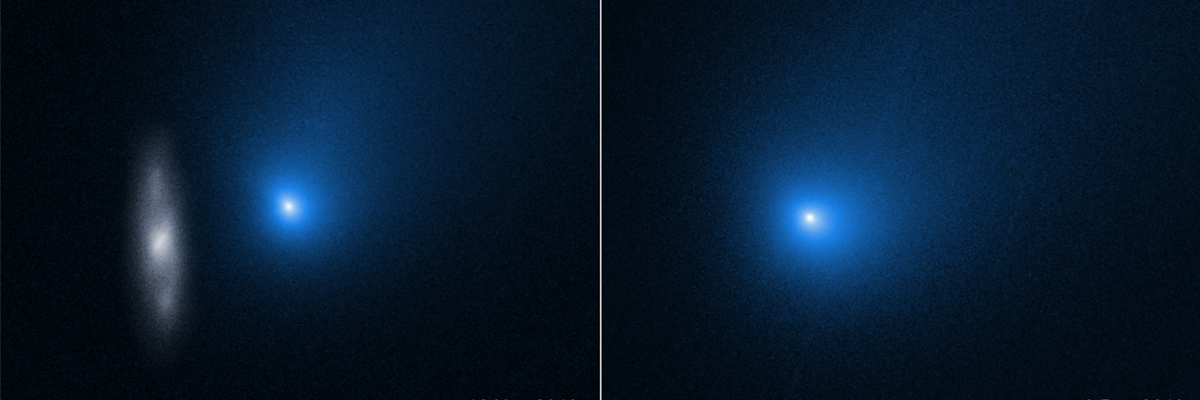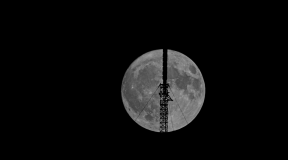New data shows that the dimensions of 2I/Borisov are 15 times smaller than initially predicted.
The Hubble telescope has taken some new snapshots of the 2I/Borisov comet, which was initially discovered by Gennadiy Borisov on September 30. This is the first interstellar comet to be discovered, which has earned it special recognition from the scientific community.
These latest shots were taken by Hubble when the comet had not yet reached its minimum distance to the Sun. When the comet gets closer, its tail will increase in size, giving researchers a chance to better understand the composition of the space object.
According to new data, the comet’s nucleus is 15 times smaller than initially predicted, measuring just 1.5 km. Astronomers will obtain more detailed shots of the object by the end of December 2019, when the comet will be 290 million km away from the Sun.
After discovering the comet, scientists from different countries started studying it. One of the most important parameters is the shape of its orbit, which proves that the object did not originate in our galaxy. However, according to preliminary spectral analysis, the chemical composition of 2I/Borisov is similar to those of other comets in the Solar System.
Share this with your friends!





Be the first to comment
Please log in to comment